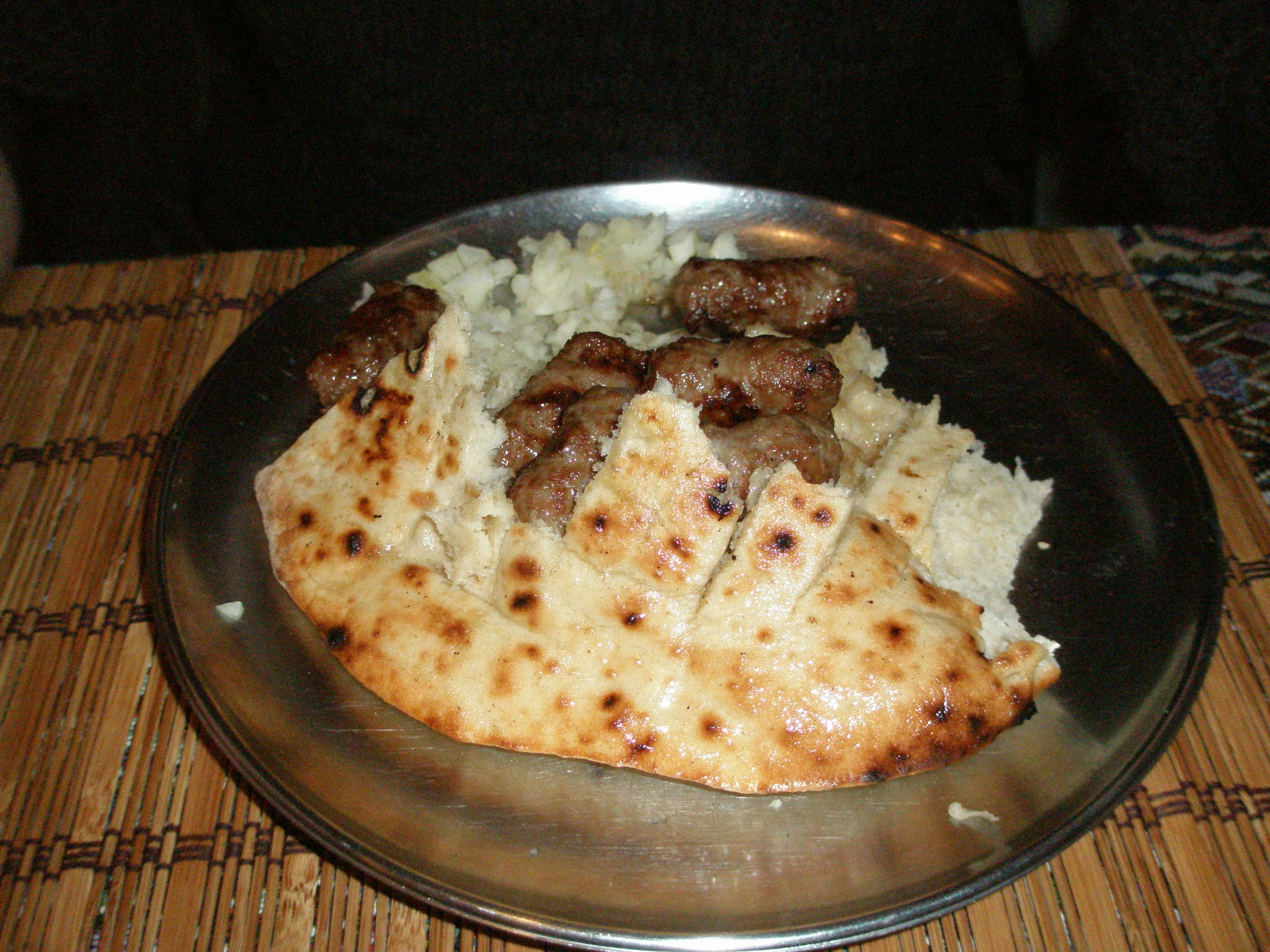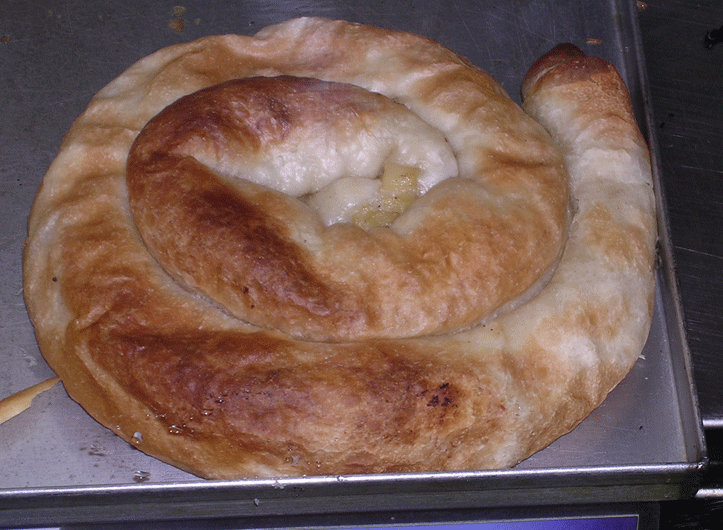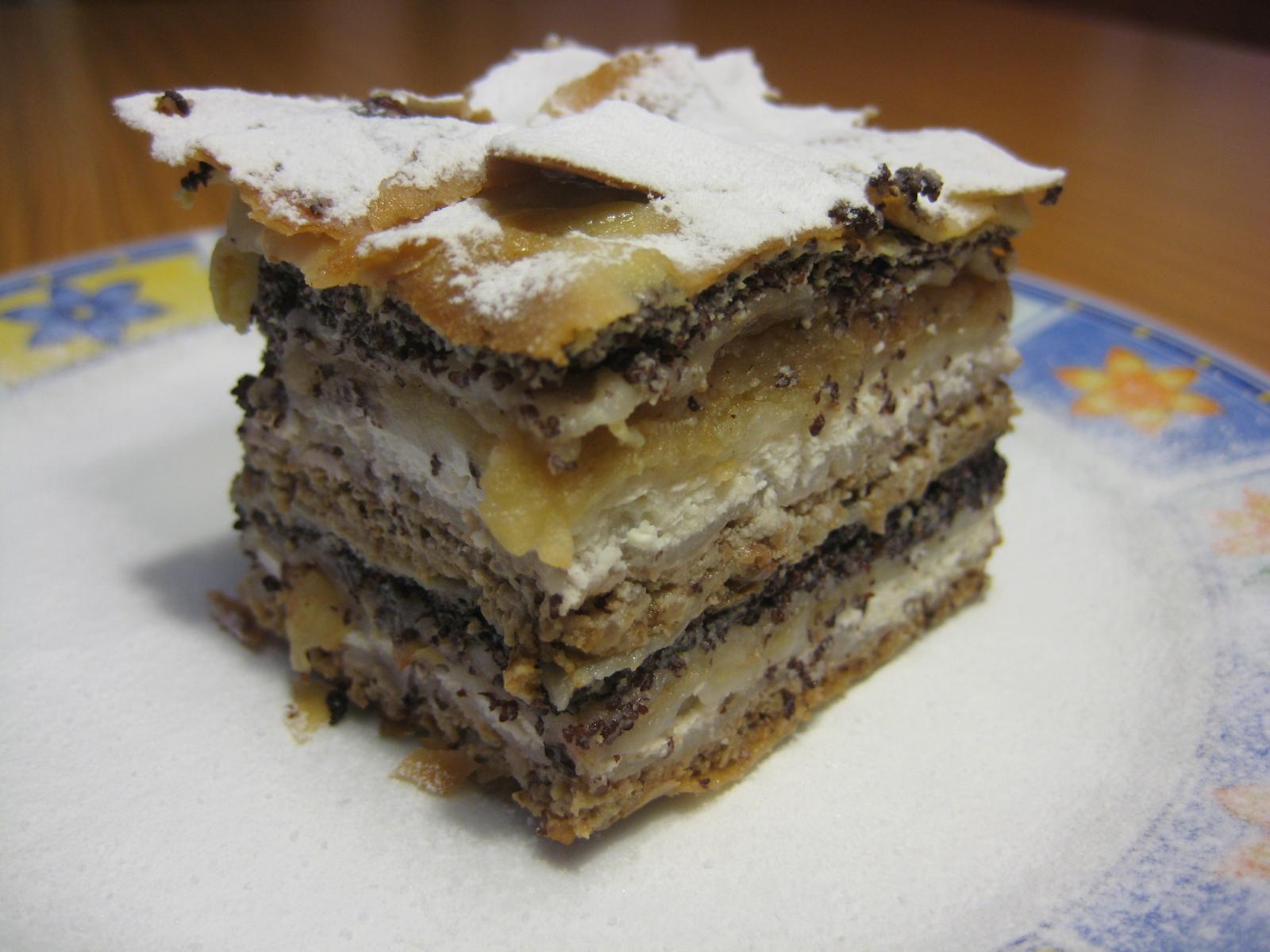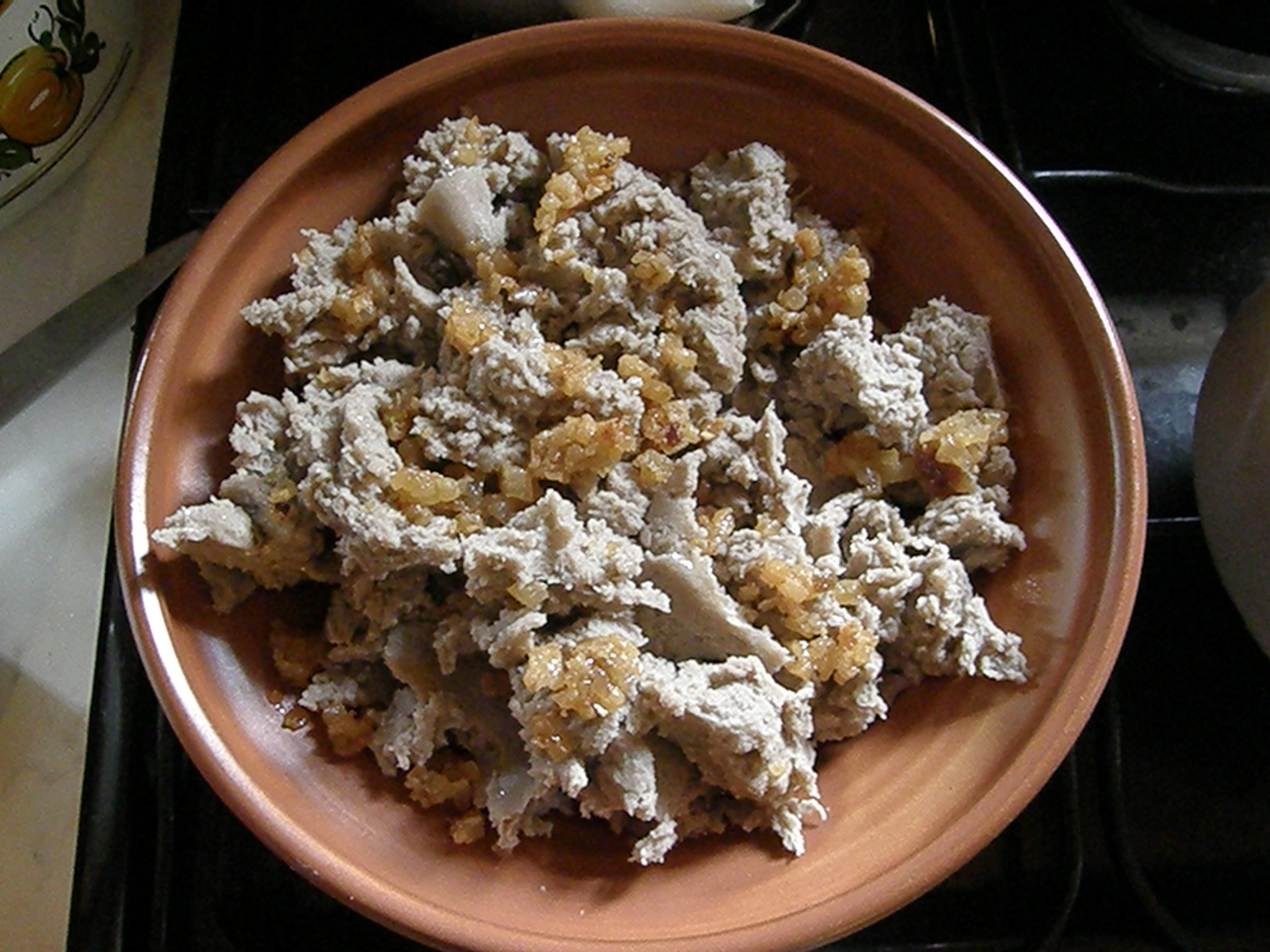Just as two years ago I struggled for the right term to describe Denmark, Sweden, Estonia, Finland, and Iceland (I settled on "Nordic," but that wasn't really right), there isn't a good term that describes the places I'm visiting on this trip. I use "Balkan" reluctantly, and I acknowledge that it's not technically accurate, but it's better than saying "former Yugoslavian" or "eastern Adriatic." Usually when I'm telling people where I'm going, I just list the countries I'm visiting. But "The Foods of Croatia, Slovenia, Bosnia & Herzegovina, and Montenegro" just doesn't cut it as a title for a blog post.
A lot of people have asked me about the food in the Balkans. I usually answer with a bit of history and a bit of geography. These places are ethnically Slavic, but because they were parts of various empires (Venetian, Ottoman, Austrian), the cuisine is diverse. Pizza and pasta are common, as are Turkish and Germanic foods. In coastal areas, seafood is typical. Elsewhere are pasture, hills, and mountains good for grazing, so beef and lamb. There are wine-growing regions and other areas good for cultivation. And Istria is famous for truffles, but truffle season is in fall and early winter, so if I get any, they'll be in jars.
There's just not one good answer to the question "What's the food like?" But here are some of the foods I'm looking forward to eating in Croatia, Slovenia, Bosnia & Herzegovina, and Montenegro:
[caption id="" align="alignnone" width="848"]
 Ćevapčići (or ćevapi) are kebabs, most commonly beef, but sometimes lamb or pork depending on the locality. They're considered a national dish in Bosnia & Herzegovina, and are common served on flatbread and topped with onions, sour cream, and more.[/caption]
Ćevapčići (or ćevapi) are kebabs, most commonly beef, but sometimes lamb or pork depending on the locality. They're considered a national dish in Bosnia & Herzegovina, and are common served on flatbread and topped with onions, sour cream, and more.[/caption][caption id="" align="alignnone" width="848"]
 Burek is a meat-filled pastry very popular in Bosnia & Herzegovina. This is rolled burek; round burek is also popular in other parts of the former Yugoslavia. It's origin is in Turkish cuisine. It's commonly sold at bakeries and eaten on the go.[/caption]
Burek is a meat-filled pastry very popular in Bosnia & Herzegovina. This is rolled burek; round burek is also popular in other parts of the former Yugoslavia. It's origin is in Turkish cuisine. It's commonly sold at bakeries and eaten on the go.[/caption][caption id="" align="alignnone" width="848"]
 Prekmurska gibanica, a Slovenian layer cake. Ingredients include poppy seeds, walnuts, apples, raisins, or cherries, and a ricotta cheese filling. Croatia has a similar but less elaborate version called međimurska gibanica[/caption]
Prekmurska gibanica, a Slovenian layer cake. Ingredients include poppy seeds, walnuts, apples, raisins, or cherries, and a ricotta cheese filling. Croatia has a similar but less elaborate version called međimurska gibanica[/caption][caption id="" align="alignnone" width="848"]
 Žganci is a specialty of Slovenia, similar to polenta and served either sweet or savory. It could be like a hot breakfast cereal or really for any meal. This version is made with buckwheat and pork cracklings. (It doesn't look very appetizing, does it?)[/caption]
Žganci is a specialty of Slovenia, similar to polenta and served either sweet or savory. It could be like a hot breakfast cereal or really for any meal. This version is made with buckwheat and pork cracklings. (It doesn't look very appetizing, does it?)[/caption][caption id="" align="alignnone" width="848"]
 Pršut is similar to Italian prosciutto, with regional variations across Slovenia, Croatia, and Montenegro. A particularly well-regarded version is Njeguški pršut, from the Montenegran village of Njeguši, which is on the drive up the mountain from Kotor to Cetinje.[/caption]
Pršut is similar to Italian prosciutto, with regional variations across Slovenia, Croatia, and Montenegro. A particularly well-regarded version is Njeguški pršut, from the Montenegran village of Njeguši, which is on the drive up the mountain from Kotor to Cetinje.[/caption]And of course there's Bled's famous kremna rezina (cream cake) that I mentioned previously.
Now I'm hungry.
Featured image of Bled Cream Cake by UkPaolo (Photograph taken by myself, UkPaolo.) [GFDL, CC-BY-SA-3.0 or CC BY-SA 2.5], via Wikimedia Commons